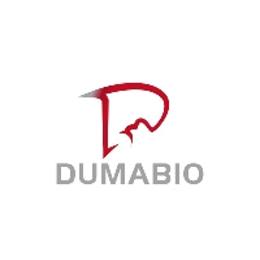Product Profile
Product Name
NQO1 Antibody (H-90)
Antibody Type
Primary Antibodies
Modification Notes
NAD(P)H:qui oxidoreductase 1 (NQO1) and NRH:qui oxidoreductase (NQO2) are flavoproteins that catalyze the metabolic detoxification of quis and their derivatives to hydroquis, using either NADH or NADPH as the electron donor (1-3). This protects cells against qui-induced oxidative stress, cytotoxicity, and mutagenicity (1). Many tumors overexpress NQO1, which is an obligate two-electron reductase that deactivates toxins and activates bioreductive anticancer drugs (4). NQO1, a 274 amino acid protein, is ubiquitously expressed, but the expression level varies among tissues. NQO1 gene expression is coordinately induced in response to xenobiotics, antioxidants, heavy metals and radiation. The antioxidant response element (ARE) in the NQO1 gene promoter is essential for expression and coordinated induction of NQO1. ARE activation by tert-butylhydroqui is dependent on PI3-kinase, which lies upstream of Nrf2 (5). Nrf2, c-Jun, Nrf1, Jun-B and Jun-D bind to the ARE and regulate expression and induction of NQO1 gene. Maf-Maf homodimers and possibly Maf-Nrf2 heterodimers play a role in negative regulation of ARE-mediated transcription, but Maf-Nrf1 heterodimers fail to bind with the NQO1 gene ARE and do not repress NQO1 transcription (6-7).
Key Feature
Clonality
Polyclonal
Isotype
IgG
Host Species
Rabbit
Tested Applications
WBIPIFELISA
recommended for detection of NQO1 of mouse, rat and human origin by WB, IP, IF and ELISA; also reactive with additional species, including canine, bovine and porcine:
Species Reactivity
HumanMouseRat
Concentration
1mg/ml
Purification
Affinity purified
Target Information
Alternative Names
epie corresponding to amino acids 185-274 mapping at the C-terminus of NQO1 of human origin
Tissue Specificity
epie corresponding to amino acids 185-274 mapping at the C-terminus of NQO1 of human origin
Database Links
Entrez Gene
1728
Application


Application
- Immunofluorescence staining of normal mouse intestine frozen section showing cylasmic staining.

Application
- Western blot analysis of NQO1 expression in Hep G2 whole cell lysate.


Application
- Immunofluorescence staining of methanol-fixed Hep G2 cells showing cylasmic localization.
Application Notes
recommended for detection of NQO1 of mouse, rat and human origin by WB, IP, IF and ELISA; also reactive with additional species, including canine, bovine and porcine:
Additional Information
Form
Liquid
Storage Instructions
For short-term storage, store at 4° C. For long-term storage, aliquot and store at -20ºC or below. Avoid multiple freeze-thaw cycles.
Storage Buffer
phosphate buffered saline , pH 7.4, 150mM NaCl, 0.02% sodium azide and 50% glycerol.




























热门跟贴